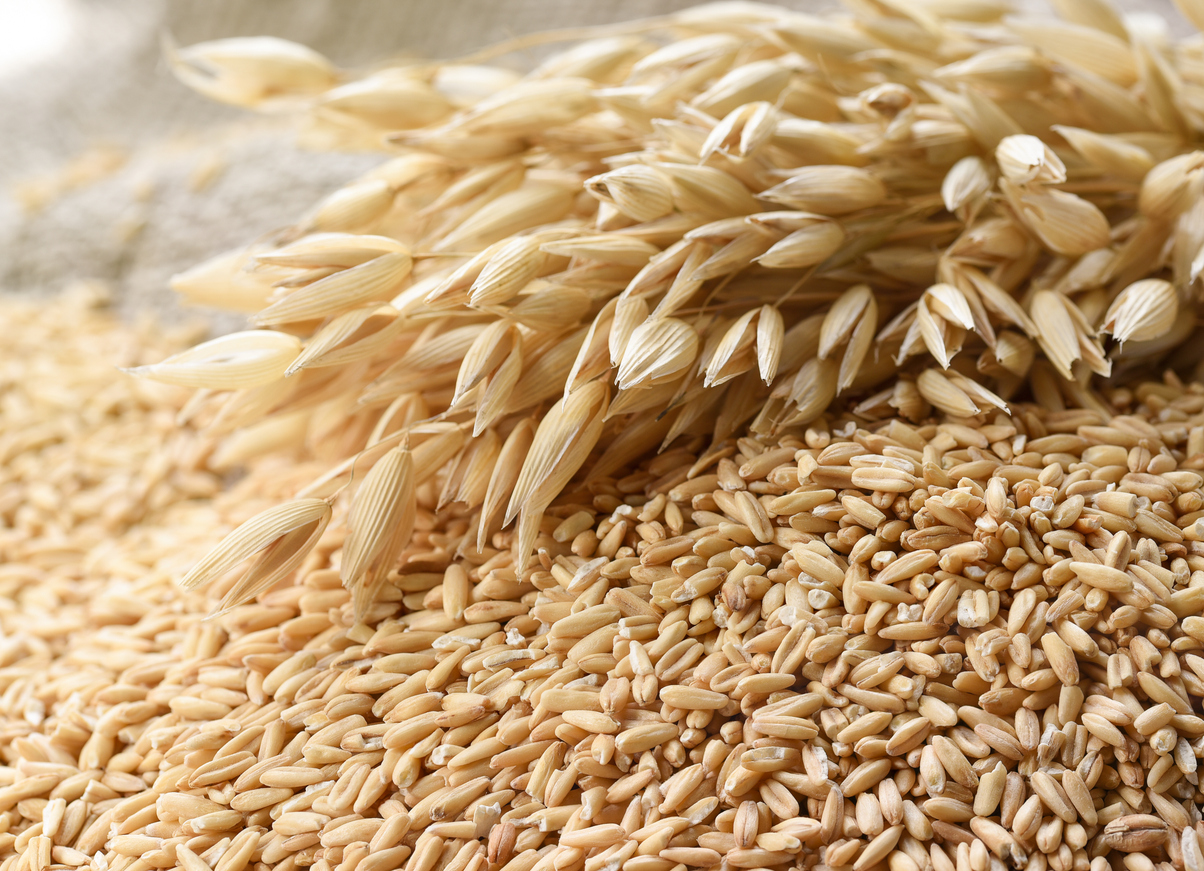
International Research Teams Decode Oats' Pangenome and Origin
November 5, 2025| |
In a breakthrough for agricultural science, an international team of researchers, led by the IPK Leibniz Institute in Germany, has successfully decoded the pangenome and pantranscriptome of the common oat (Avena sativa). Oats, prized globally for their health benefits, including high fiber and gluten-free properties, have a genome that is notoriously large and complex. This work provides a complete genetic map essential for accelerating the development of new, improved oat varieties.
The researchers established a detailed pangenome, sequenced and analysed the genomes of 33 different cultivated and wild oat lines, including genes present only in certain varieties. To create the transcriptome, they examined the gene expression patterns in six tissues and developmental stages of 23 of these oat lines. According to Dr. Martin Mascher, coordinator of the PanOat consortium, this genetic blueprint will help breeders better understand which genes are key for improving traits such as yield, adaptation, and health content in a climate-challenged world.
The deep genomic analysis also yielded surprising insights, such as finding a significant number of gene losses in one of the oat's three subgenomes, with the plant compensating by using other gene copies. Importantly, the researchers identified that structural variations within the genome affect the genes responsible for controlling flowering time, a critical trait for adapting crops to local growing conditions. The team's findings, which also included a second related study on the evolutionary origin of the oat, were published in Nature and Nature Communications.
For more details, read the press release from the IPK Leibniz Institute.
| |
You might also like:
- Researchers Successfully Edit Oat Genes for the First Time
- Gene Editing to Produce Oats with Improved Nutritional Value and Shelf Life
- Oats Genome Explains Why the Popular Cereal Could be Suitable for People with Celiac Disease and Gluten Intolerance
Biotech Updates is a weekly newsletter of ISAAA, a not-for-profit organization. It is distributed for free to over 22,000 subscribers worldwide to inform them about the key developments in biosciences, especially in biotechnology. Your support will help us in our mission to feed the world with knowledge. You can help by donating as little as $10.
-
See more articles:
-
Plant
- Pairwise Licenses CRISPR Platform to IRRI to Advance Climate-Resilient, Nutritious Rice
- Study Finds Key Defense Strategy in Rice Against Blast Disease
- International Research Teams Decode Oats' Pangenome and Origin
- NARO Scientists Report Successful Use of Eco CRISPR-Cas3 in Rice
-
Animal
- CRISPR-based Diagnostic Platform Detects African Swine Fever in 20 Minutes
- Gene Drive Technologies: Advances in Health, Conservation, and Governance
- Researchers Model Gene Drive Strategy to Control Invasive Fire Ants
-
Environment
- Australian Researchers Engineer Encapsulins to Supercharge Photosynthesis in Crops
-
Read the latest: - Biotech Updates (December 17, 2025)
- Gene Editing Supplement (December 17, 2025)
- Gene Drive Supplement (February 22, 2023)
-
Subscribe to BU: - Share
- Tweet

